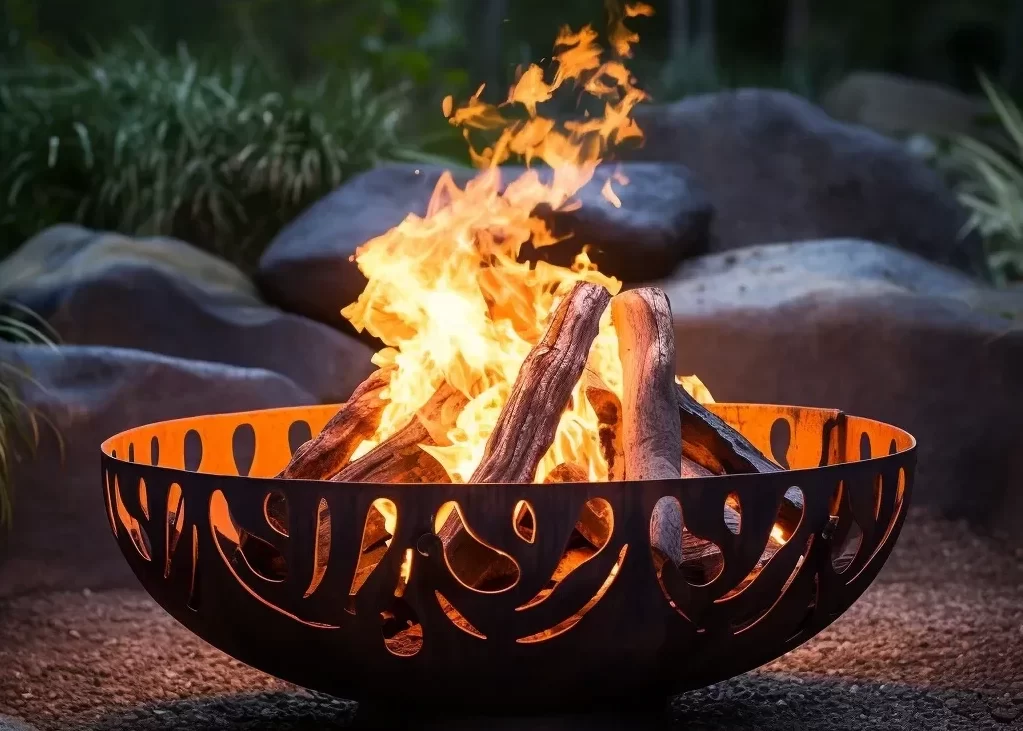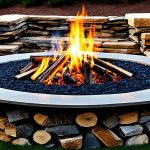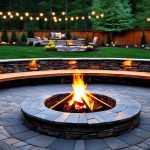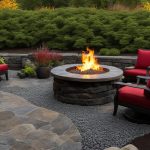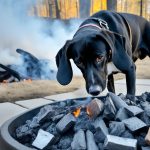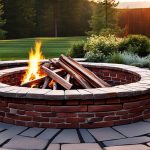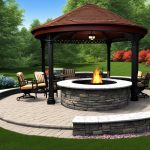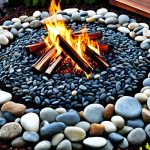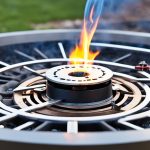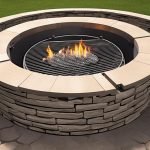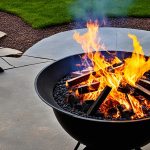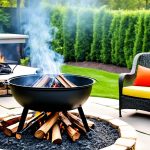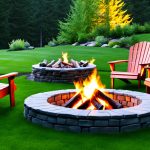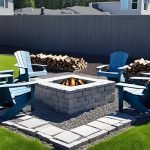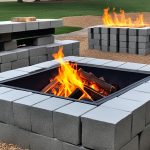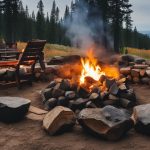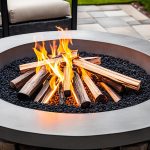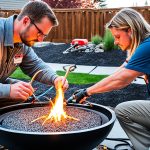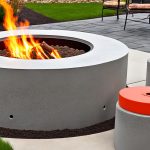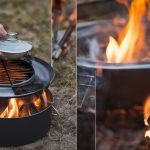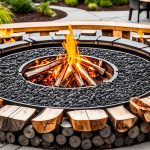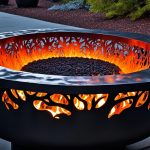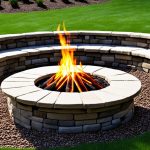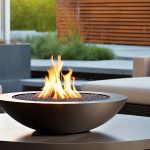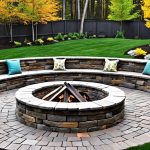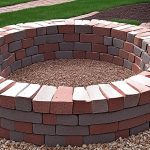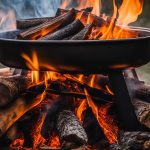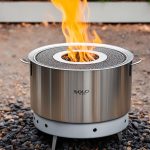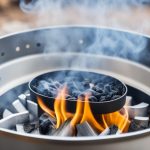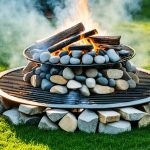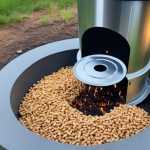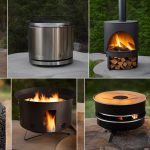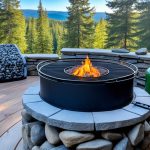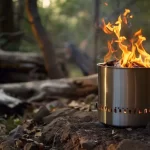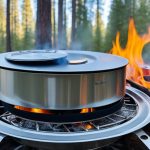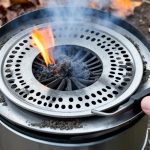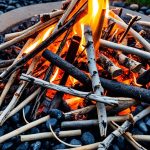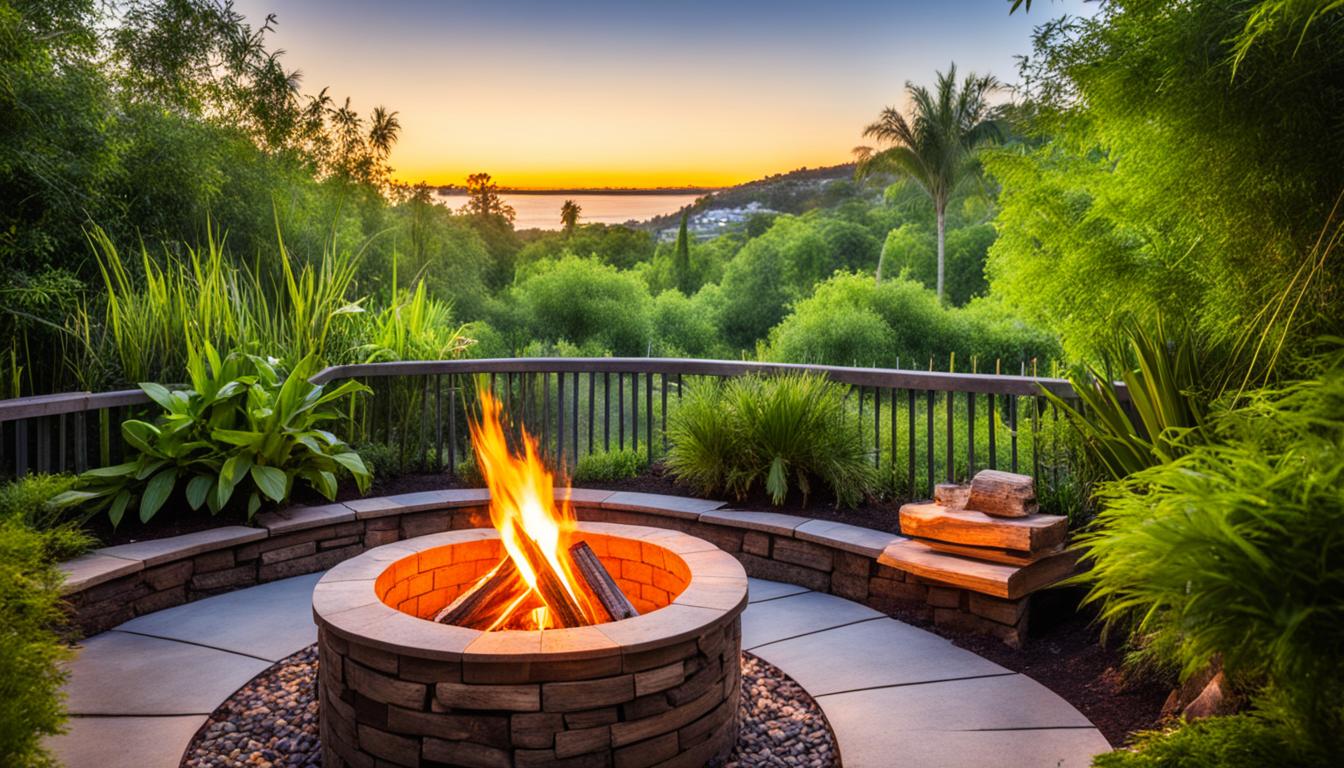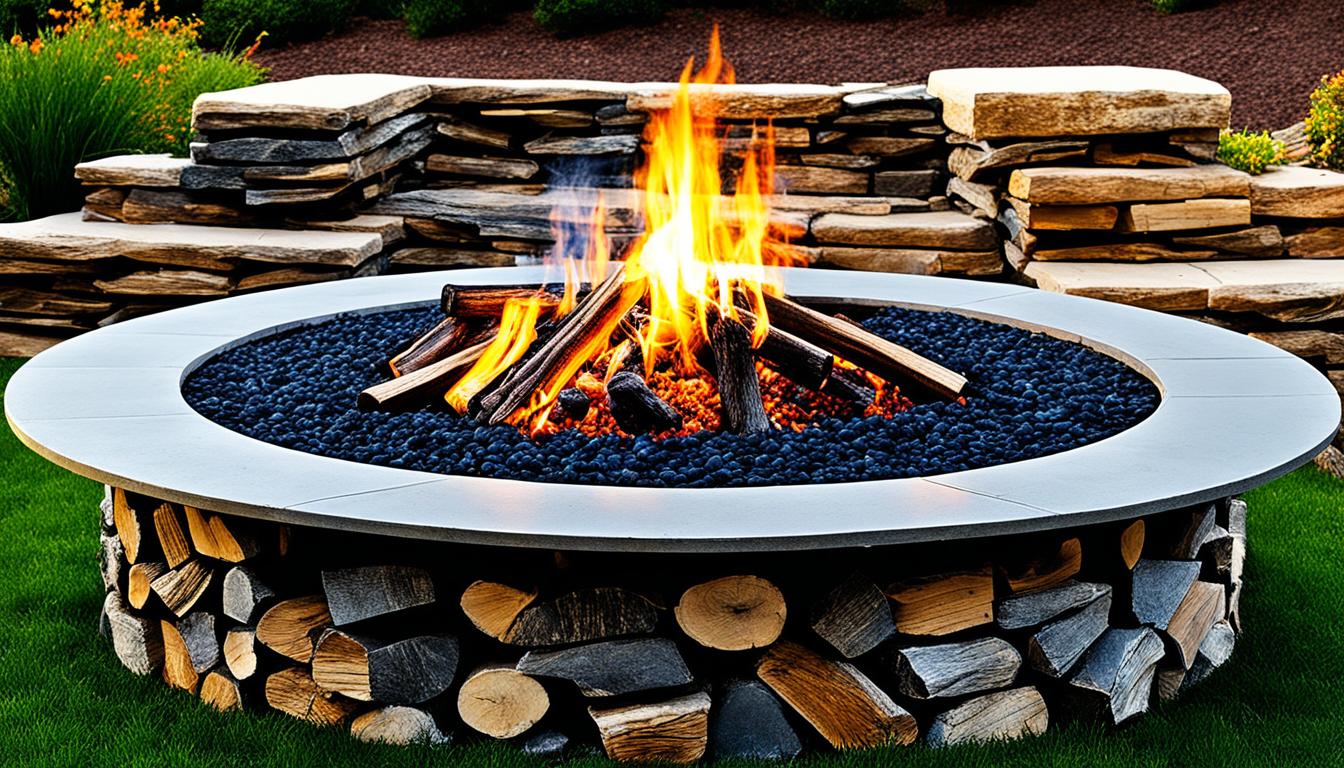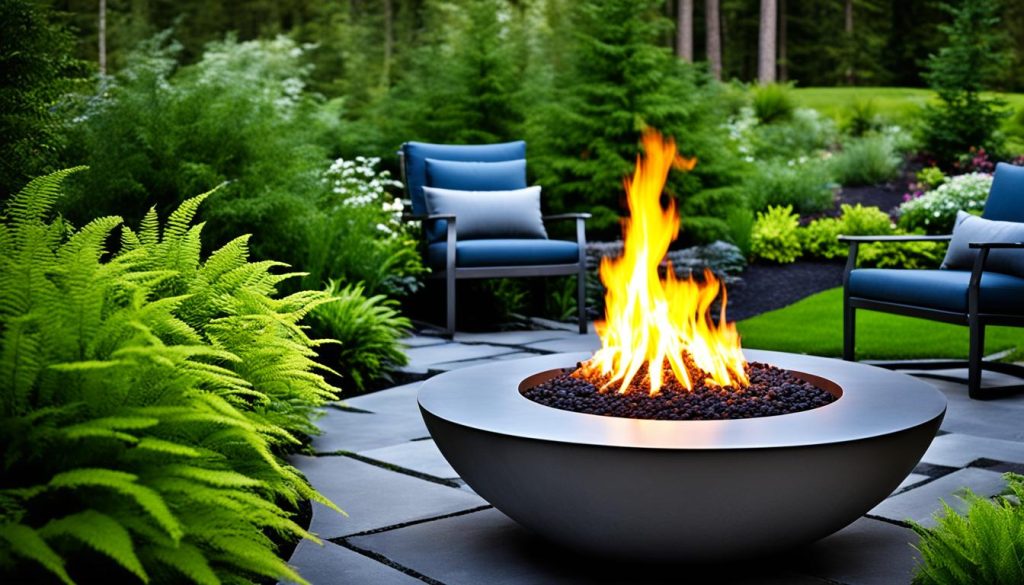
Are you eagerly preparing for a cozy evening around your natural gas fire pit, only to find that it’s not producing any flames? It can be frustrating to encounter gas flow issues with your fire pit, especially when you’re looking forward to enjoying its warmth and ambiance.
But fear not! In this article, we’ll unravel the mysteries behind why your natural gas fire pit may not be getting gas and provide you with helpful troubleshooting tips to fix the issue. Whether you’re experiencing a low flame, blockages in the air mixer valves, or other gas supply problems, we’ve got you covered.
Key Takeaways:
- Blockages in the air mixer valves, such as spider nests, can hinder the gas flow to your natural gas fire pit.
- Ensure the gas pressure is within the specified range and that the BTU rating of the fire pit matches the gas pipe size for proper gas supply.
- Check for blockages and leaks in your gas pipes, and consider adjusting or replacing components if needed.
- Mismatched components, incorrect pipe sizes, and improper air/propane mixture ratios can also affect the flame of your fire pit.
- Regular maintenance, including checking and cleaning burner ports and fuel orifices, is crucial for preventing gas flow issues.
Now let’s delve into the details of troubleshooting common issues with gas fire pits and discover valuable tips for maintaining and troubleshooting your own fire pit.
Troubleshooting Common Issues with Gas Fire Pits.
If you’re experiencing a low flame or other gas flow issues with your natural gas fire pit, don’t worry. There are several common problems that can be easily troubleshooted and resolved. By following this troubleshooting guide, you’ll be able to fix the gas supply issues and get your fire pit back to its optimal performance.
Mismatched Components
One common cause of a low flame in a gas fire pit is using mismatched components. For example, if you have a burner with a higher BTU rating than the available gas supply, it may not be able to produce a sufficient flame. In such cases, it’s recommended to replace the burner with a lower-rated one that matches the gas supply.
Incorrect Gas Feed Hard Pipe Size
Another cause of gas flow issues can be an incorrect gas feed hard pipe size. If the pipe size is too small, it can restrict the gas flow to the fire pit, resulting in a low flame. Make sure to check the gas feed hard pipe size and replace it if necessary to ensure proper gas flow.
Checking and Cleaning Gas Pipes
Regularly checking and cleaning all gas pipes is crucial for maintaining proper gas flow. Blockages or leaks in the pipes can significantly affect the flame quality. Inspect the pipes for any blockages, such as debris or spider nests. Clean them thoroughly and ensure there are no leaks. It’s also recommended to check the gas supply pressure and adjust it if necessary.
Air/Propane Mixture Ratio and Ventilation
The air/propane mixture ratio plays a vital role in the flame quality of a gas fire pit. If the ratio is off, it can result in a low flame. To adjust the mixture ratio, fit the correct size air mixture valve and ensure sufficient ventilation in the fire pit structure. This will help achieve the optimal flame production.
Remember, if you’re unsure about troubleshooting the gas flow issues with your fire pit, it’s always best to consult a professional gas technician. They have the expertise and knowledge to accurately diagnose and resolve any gas supply problems, ensuring the safety and functionality of your fire pit.
Stay tuned for the next section where we’ll provide helpful tips for maintaining and troubleshooting your gas fire pit.
Tips for Maintaining and Troubleshooting Gas Fire Pits.
Regular maintenance is essential for preventing gas flow issues with your natural gas fire pit. By following these tips, you can troubleshoot and fix common problems that may arise.
Start by checking and cleaning the burner ports and fuel orifice for any blockages. Over time, debris and dirt can accumulate, restricting the flow of gas. Additionally, ensure that the fuel level in the tank is sufficient to provide a steady gas supply.
Inspect the pilot tube for any dirt or debris that may be blocking it. If the pilot light fails to ignite despite a spark, the issue may lie with the thermocouple or gas valve connection. It is recommended to inspect and tighten these components if necessary.
If your fire pit is producing a whistling sound, it could indicate problems such as bends in the flexible lines, excess gas supply, or the use of an incorrect size gas line. In such cases, seeking the expertise of a professional is advised to properly troubleshoot and resolve the gas flow issues.
Recommended
- Buy Solo Stove: Find Your the Best Retailer Online
- Master How to Use Solo Stove – Tips & Tricks
- Understanding How Solo Stove Works | Eco-Friendly Tech

Otis, 52, embodies a lifetime of adventure, from the rugged hills of the USA to serene camping spots worldwide. His passion for the outdoors isn’t just a hobby; it’s a way of life that includes hiking, camping, and exploring the unknown. With decades of experiences under his belt, Otis shares his adventures and lessons learned through Natural Fire Pit. Beyond fire pits, his expertise in outdoor living, from setting up the perfect tent to finding off-the-beaten-path travel destinations, guides fellow enthusiasts. Follow Otis’s journey for a deeper connection with nature.
